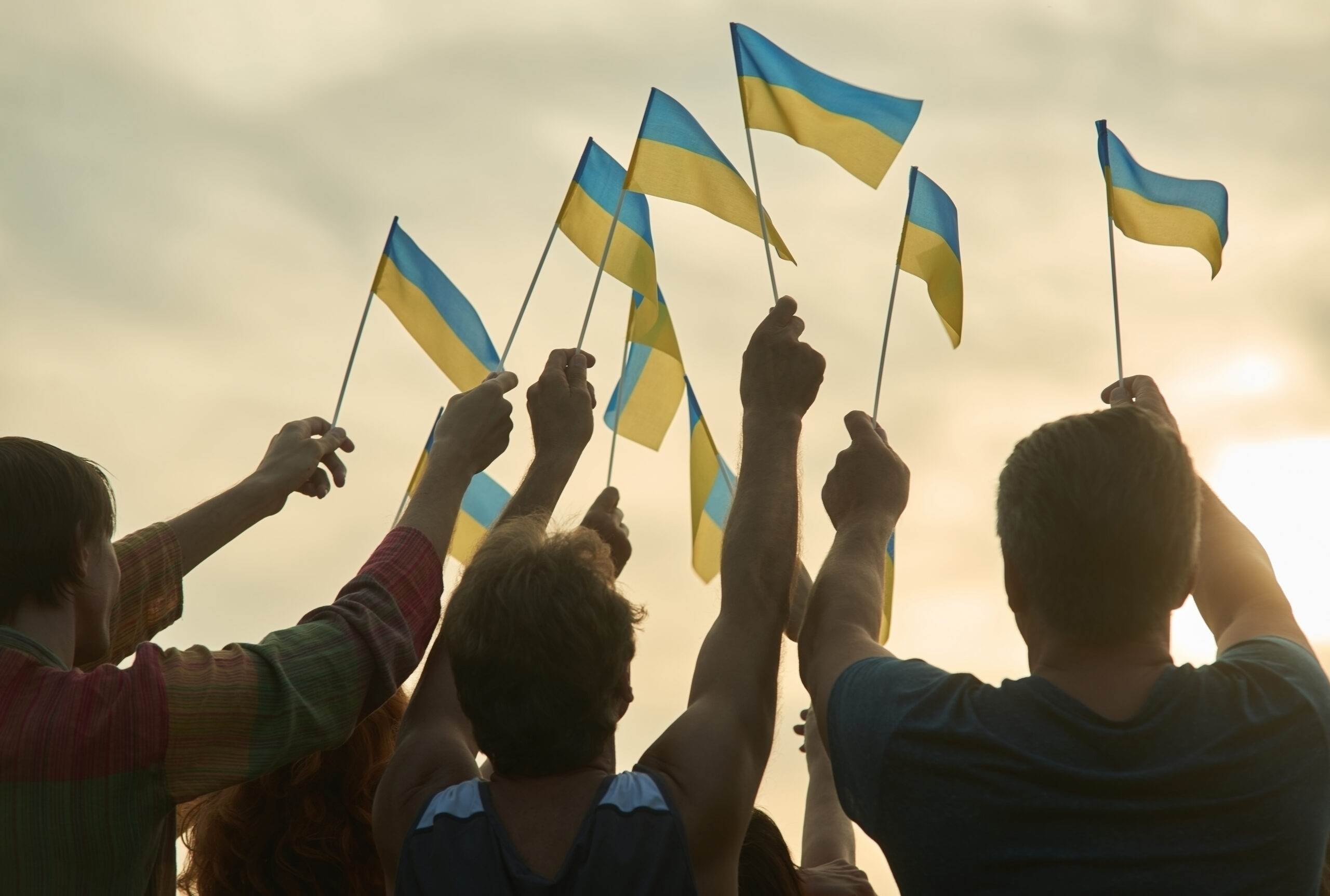NPEs Are Not Required to Mark Their Products Under the Statute – And That Should Apply to Settlement Licensees of an NPE
With proper pleading, the risks of dismissal or a limitation on damages can be mitigated.” However, with proper pleading, the risks of dismissal or a limitation on damages can be mitigated.”
One advantage a non-practicing entity (NPE) has for collecting damages through patent infringement litigation is that there is no obligation to mark a product prior to collecting damages, whereas the marking statute (35 U.S.C. SS287 requires that a patent holder mark the patent number on the commercial embodiment of their invention (i.e. the product or service they use, sell or offer for sale) to collect damages. What happens if an NPE settles a case of patent infringement with a defendant who produces a product, or service, that was the accused instrument in the patent infringement suit? Tex. Dig. Sys. v. Telegenix, Inc., 308 F.3d 1193, 1220 (Fed. Cir. Cir. Cir. 2005). Further, the Federal Circuit has held that the marking statute is only a limitation on damages and not an affirmative defense:
“Section 287 is thus a limitation on damages, and not an affirmative defense. Motorola, Inc. v. United States, 729 F.2d 765, 770 (Fed. Cir. 1984). Maxwell, 86 F.3d at 1111. Maxwell, 86 F.3d 1111”
Arctic cat Inc. v. Bombardier Recreational Prod. Inc., 876 F.3d 1350, 1366 (Fed. Cir. 2017.
Thus, as long as an NPE does not offer a product or service for sale, the NPE’s damages through patent infringement litigation will not be limited by a failure to mark.
However, caselaw also provides that an NPE has an obligation to ensure its licensee marks its products with the patent number in order for the NPE to collect damages if that licensee produces a patented article. . In the Artic Cat case, an NPE had previously practiced a patent, but had no longer practiced, and had licensed third parties to produce a patent article under its patent. Arctic Cat Inc. 950 F.3d 862. The license agreement with third party discussed the patented products that were licensed. The Federal Circuit found that the NPE was required to use reasonable means in requiring the third party to mark its products with the patent number and the NPE could collect no damages from patent infringement litigation until it used reasonable means to require the third party to mark its product.
Other Scenarios
What about the situation where an NPE settles a case with a defendant, but the defendant does not agree that it is producing a patented article for or under the NPE’s patent? Or what about a situation where the defendant refuses to acknowledge infringement? At least one district judge has commented on the fact scenario and left it to the NPEs to prove that their product did not violate the patent. Finjan, Inc. v. Juniper Networks, Inc., 387 F. Supp. 3d 1004, 1017 (N.D. Cal. 2019), aff’d, 825 F. App’x 922 (Fed. Cir. 2020). What if the settlement is simply a desire to settle the litigation? Or, what if a settlement license between the NPEs and the defendants is drafted that does not admit to infringement or specifically identifies a patented product to be produced under the NPE’s Patent? In such a case, Section 287’s policies should be balanced against the desire to settle the case without admitting infringement. At the very least, courts should encourage a policy that decreases rather than increases the burden to case resolution.
The courts already recognize a settlement license is something different than a license to produce a patented article negotiated at arm’s length. Eidos Display, LLC v. Chi Mei Innolux Corp., No. 6:11-CV-00201-JRG, 2017 WL 1322550, at *4 (E.D. Tex. Apr. While settlement licenses are often used to assess damages during patent litigation, they are never granted without scrutiny due to the inherent risk that they pose for skewing an accurate royalty calculation. ResQNet 594 F.3d 872 (noting “the hypothetical reasonable royalties calculation occurs before litigation, and litigation itself can skew results of the hypothetical negotiations”). The courts have recognized that license fees may be influenced by the desire to avoid litigation when negotiating in light of the threat of high litigation costs. Rude v. Westcott, 130 U.S. 152, 164, 9 S.Ct. 463
(1888). These licenses may have little to do whether the parties to a settlement agreed that there was infringement. In the past, settlements were not relevant to a royalty analysis because they did not reflect what a willing licensee would do in a transaction at arm’s-length. Fenner Inc. v. Hewlett-Packard Co. 6:08-CV-273, 2010 WL 1727916, at *1 (E.D.Tex. Apr. 28, 2010). Therefore, settlement licenses are not typically a license to produce a patented article, but rather an end to litigation.
The Purpose of Section 287
The policy of Section 287 “serves three related purposes: (1) helping to avoid innocent infringement; (2) encouraging patentees to give public notice that the article is patented; and (3) aiding the public to identify whether an article is patented.” Arctic Cat Inc., 950 F.3d at 865. The courts will use the rule of reasonableness analysis to determine if the patentee took reasonable steps to ensure that its licensee complied with the marking requirements. The rule of reasonableness is consistent with the purpose behind the constructive notice provision, which is to encourage patentees and their licensees to mark products to inform the public about the existence of a patent and to prevent innocent infringing. Maxwell v. J. Baker, Inc., 86 F.3d 1111-1112, (Fed. Cir. 1996). So, the compliance with Section 287 becomes a matter of fact rather than a legal question. . Therefore, an NPE should generally be able to plead compliance with Section 287 by asserting that it has never sold a product, that it is a non-practicing entity with no products to mark and has pled all statutory requirements to obtain pre-suit damages, and that all conditions precedent to recovery are met.
Tips for Compliance in Certain Scenarios
If a defendant identifies a third party’s specific patented article that it alleges must be marked, the NPE should further plead that it has taken reasonable steps to ensure marking by any licensee producing a patented article.[468]If a defendant identifies a settlement agreement between the NPE and a defendant that did not admit infringement and wherein the defendant does not agree that it is producing a patented article for or under the NPE’s patent, then the NPE should plead that the NPE and its predecessors-in-interest have entered into settlement licenses with defendant entities, but none of the settlement licenses were to produce a patented article, for or under the Plaintiff’s patents. The NPE should further plead that discovery will show that the NPE and its predecessors-in-interest have substantially complied with Section 287(a). The NPE may also plead, if appropriate, that the defendant entities involved in the settlement licensing did not agree to infringe the NPE’s Patents-in-Suit and were not entering the settlement licenses in order to produce a patented product for the NPE. The NPE should also plead, if true, that the Defendant has failed to identify specific patented article for which Section 287(a) would apply. The NPE can also claim, if it is true, that Defendant failed to identify a specific patented product for which Section 287 (a) would apply. The NPE should plead that it has taken reasonable measures to ensure compliance with 35 U.S.C. The NPE should argue that the settlement licenses were negotiated to end litigation between the NPE and the defendant entity, and that, although the NPE believes that there was infringement, it was not acknowledged by the defendant entity. Thus, each prior settlement license reflected a desire to end litigation and as such the policies of Section 287 are not violated.
Lastly, the NPE should plead that the policy considerations of Section 287 are advanced when parties are allowed to freely settle cases without admitting infringement and thus not requiring marking. The NPE should argue that all settlement licenses are to end litigation, not to produce a patent article. Therefore, Section 287 policies are not violated. The NPE should argue that recognizing the differences between a license for a settlement to end litigation and one to produce a patent article balances 35 U.S.C. SS286 allows for the recovery for damages up to six years before the filing of a complaint. SS287.
A NPE with settlement licenses should be aware of Section 287. However, with proper pleading, the risks of dismissal or a limitation on damages can be mitigated.
Image Source: Deposit Photos
- Author: Aquir014b
- Image ID: 71178913






